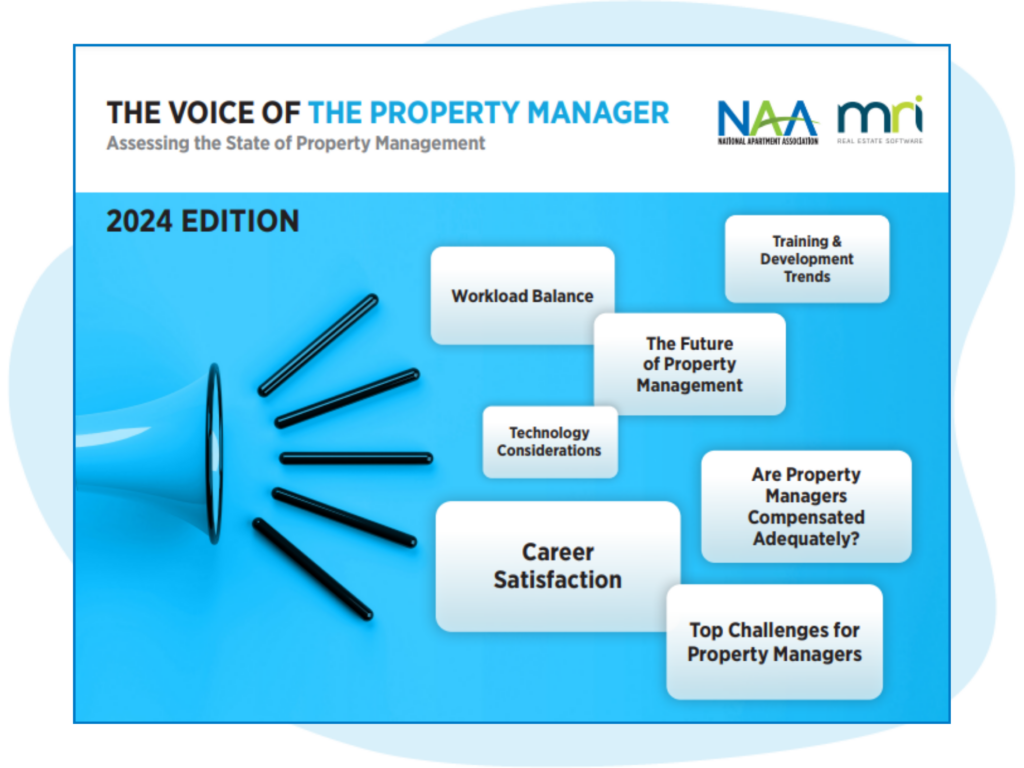Is student housing considered multifamily? An in-depth exploration
Student housing is a rapidly growing sector in the real estate market. With the student housing market expected to reach $11 billion by 2025, it’s clear this segment is gaining attention. Understanding the distinctions and overlaps between student housing and multifamily properties is crucial for landlords and property managers.
In this blog, we will explore whether student housing fits into the multifamily category, examining its characteristics, differences, and investment potential.
An overview of multifamily housing in detail
Multifamily housing encompasses various residential properties designed to accommodate multiple families or individuals. These properties include apartment complexes, duplexes, and townhomes, each catering to different demographics. Multifamily properties are commonly found in urban, suburban, and even rural areas, offering diverse living arrangements.
Characteristics of multifamily properties
Multifamily properties are built to house several tenants, often featuring separate entrances and shared amenities. Common facilities such as gyms, pools, and common areas enhance the living experience. The units themselves vary in size and layout, catering to the diverse needs of tenants, from single professionals to larger families.
Types of multifamily properties
There are several types of multifamily properties, including low-rise and high-rise apartment buildings, duplexes, and townhomes. Each type serves different segments of the population, from young professionals to retirees. These properties are a staple investment for those seeking stable, long-term returns in residential real estate.
Characteristics of student housing
Student housing is a specialized segment designed specifically for college and university students. These properties prioritize proximity to educational institutions and include amenities tailored to student lifestyles. Student housing often features fully furnished units and communal spaces that encourage social interaction and academic collaboration.
Student housing units typically have smaller kitchens and more communal living spaces. This design encourages students to spend time outside their rooms, engaging with peers in study lounges and common areas. Parity in unit design is also important, as students often rent by the bedroom rather than by the square foot, leading to more standardized layouts.
Student housing is also designed to foster a sense of community among residents. Shared spaces like game rooms, study areas, and lounges promote interaction and help students build relationships. The goal is to create an environment where students feel comfortable and supported in both their academic and social lives.
Overlap and differences of multifamily and student housing
Multifamily housing and student housing share similarities, particularly in building methods and construction types. However, the target demographic and design goals create significant differences between the two. While multifamily properties cater to a broad audience, student housing is specifically tailored to meet the needs of students.
How student housing fits into the multifamily category
Student housing can be considered a type of multifamily housing because it involves renting multiple units within a single property. However, the focus on communal spaces and the specific needs of students set it apart from traditional multifamily properties. These unique characteristics mean that student housing occupies a distinct niche within the broader real estate market.
Where student housing differs from multifamily
Student housing differs from traditional multifamily properties. Differences include shorter lease terms aligned with academic calendars, pre-furnished units, and an emphasis on communal living. Student housing is also always considered commercial real estate, while multifamily properties with four units or less are considered residential.
Is student housing considered multifamily?
The question, “Is student housing considered multifamily” often arises among landlords and property managers, and the answer isn’t always straightforward. Both types of properties share a common building form and the goal of housing multiple tenants. However, multifamily student housing requires specialized management strategies that set it apart from traditional multifamily properties.
To manage these unique aspects effectively, property management software becomes essential. Such software allows landlords to handle the complexities of student housing, from managing shorter lease terms aligned with academic calendars to ensuring seamless communication with residents. Implementing robust property management tools can make a significant difference in optimizing operations and enhancing the overall management experience.
From an investment perspective, student housing presents different opportunities and challenges compared to other multifamily properties. The high demand for student housing, driven by the constant influx of new students, makes it a lucrative investment. However, the need for specialized management and design considerations means it requires a different approach than traditional multifamily properties.
Investment potential of student housing
Investing in multifamily dedicated student housing can be a smart move for those looking to diversify their real estate portfolio. The demand for student housing is consistently high, as every academic year brings a new group of students in need of accommodation. This creates a stable and often growing market for student housing investments.
One advantage of student housing is the ability to scale investments based on demand. If demand for student housing increases, more units can be developed or converted to meet student needs. Conversely, during periods of lower demand, portions of these properties can be rented out to other tenants or repurposed.
Student housing also benefits from shorter lease terms, allowing for more frequent tenant turnover. This can help keep the investment liquid and reduce risk. However, managing student housing requires specialized knowledge and tools to address the unique challenges of this market segment.
Optimizing multifamily dedicated student housing management with MRI Software
For landlords managing student housing, having the right tools is crucial. At MRI Software, our multifamily management tools offer comprehensive solutions that streamline property management processes. Our software empowers landlords to efficiently handle tasks such as online applications, resident screening, and automated lease renewals, ensuring a seamless experience for both landlords and residents.
Our software also enhances the overall experience for student residents by simplifying digital rent payments and lease signing. Our tools reduce administrative burdens, allowing landlords to focus on maintaining high occupancy rates and resident satisfaction. With MRI Software, you can confidently meet the unique needs of student residents and optimize your property management strategies.
Multifamily software used by the top ten NMHC managers
Take full control of the lead-to-lease process
Get a demo
Voice of the Property Manager Report 2024
Property managers are the beating heart of multifamily communities across the nation. As the economy continues to experience headwinds, AI becomes even more democratized, and housing needs still dominate news headlines, it’s important to check in on …
